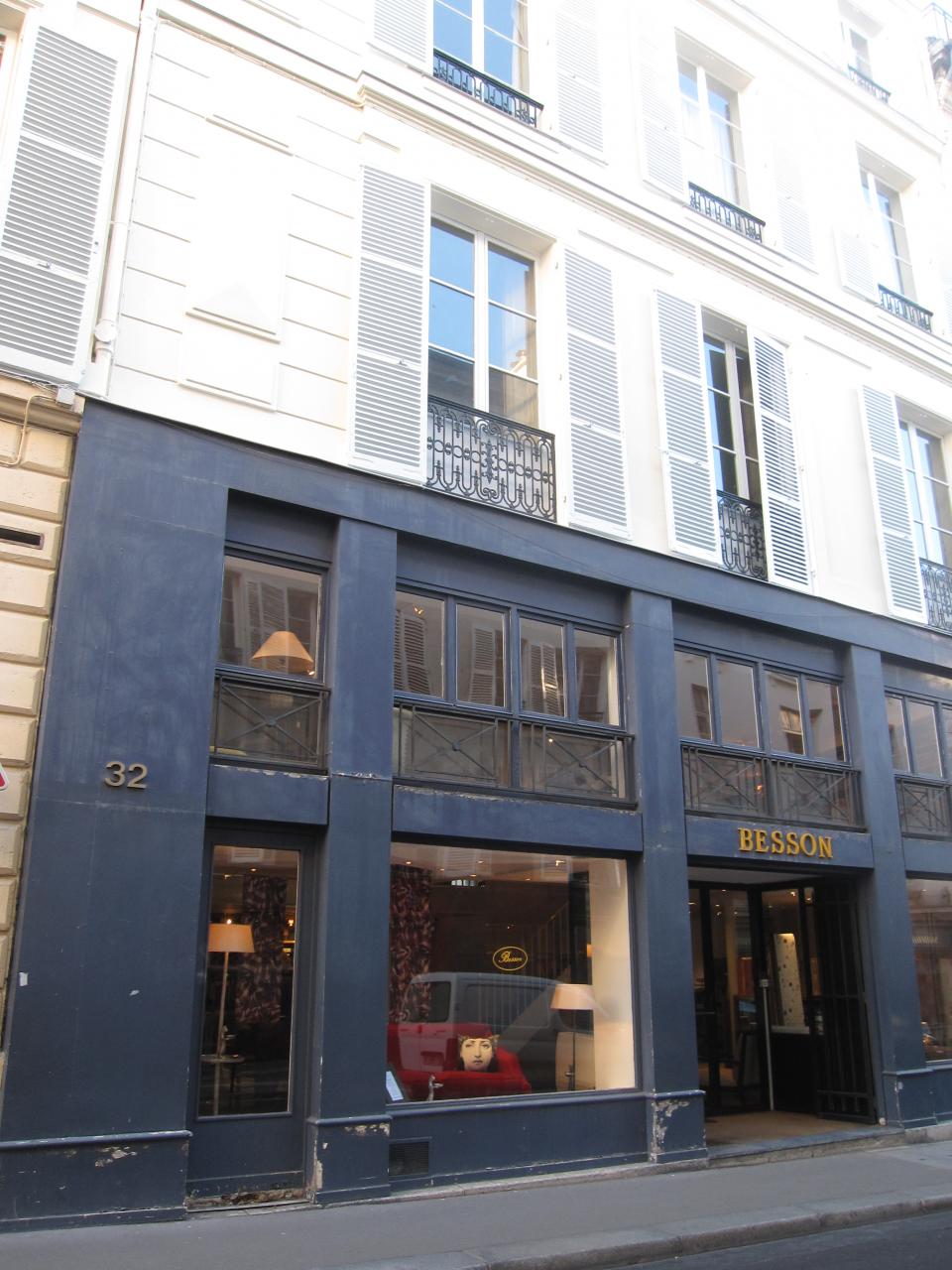Works by this Artist
Stone BreakersGustave Courbet, 1849 Young Ladies on the Banks of the Seine
Gustave Courbet, 1856-57 Painter’s Studio: A Real Allegory Summing Up Seven Years of My Life as an Artist
Gustave Courbet, 1854-55 Burial at Ornans
Gustave Courbet, 1849-50
Background
wealthy farming family
Studies
Petit Séminaire (1830s, Ornans); with Charles-Antoine Flageoulot (pupil of Jacques-Louis David) at Collège Royal and Académie (Besançon); Académie Suisse (Paris)
Career
1838 – executes lithographs for his cousin Max Buchon’s Essais poétiques
1839 – moves to Paris
1849 –exhibits After Dinner at Ornans at Paris Salon
1851 – exhibits The Stonebreakers, Burial at Ornans and Peasants of Flagey Returning from the Fair (Musée des Beaux-Arts, Besançon) at Salon
1855 – Painter’s Studio rejected from Exposition universelle (Paris); 11 other works are accepted; exhibits independently in his Pavillon du Réalisme
1870 – refuses Cross of the Legion of Honor
1871 – convicted of participating in destruction of Vendôme Column and briefly imprisoned; during The Paris Commune, Courbet serves as president of the commission for the protection of artistic monuments in Paris and as delegate for the fine arts
1873 – exiled to Switzerland
1882 – retrospective exhibition at Ecole des Beaux-Arts
Travels
Netherlands (1846); Belgium (1846-47); Baden-Baden and Bad Homburg
Commissions from
Charles, Duc de Morny; Alfred Bruyas; Kahlil-Bey
Important Artworks
Wounded Man, 1844-54 (Musée d'Orsay, Paris)
Portrait of Baudelaire, 1848-49 (Musée Fabre, Montpellier)
After Dinner at Ornans, 1849 (Musée des Beaux-Arts, Lille)
Young Ladies of the Village, 1852 (Metropolitan Museum of Art, New York)
The Woman in the Waves, 1868 (Metropolitan Museum of Art, New York)
Documentation:
Courbet described his artistic goals in an informational pamphlet distributed at his Pavilion of Realism in 1855:
“I have studied, outside of any system and without prejudice, the art of the ancients and the art of the moderns. I no more wanted to imitate the one than to copy the other. No! I simply wanted to draw forth from a complete acquaintance with tradition and the reasoned and independent consciousness of my own individuality.
To know in order to create, that was my idea. To be in a position to translate the customs, the ideas, the appearance of my epoch, according to my own estimation; to be not only a painter, but a man as well; in short to create living art – this is my goal.”
Translated and reprinted in Linda Nochlin, ed., Realism and Tradition in Art, 1848-1900: Sources and Documents (Englewood Cliffs: Prentice Hall, 1966), 33-4.
In a November 1851 letter published in Le Messager de l’Assemblée Courbet declared:
“I am not only a socialist, but also a democrat and a republican, in a word a partisan of the entire Revolution and, beneath that, a realist, that is to say a sincere friend of actual truth.”
Cited in John F. Moffitt, “Art and Politics: An Underlying Pictorial-Political Topos in Courbet’s Real Allegory,” Artibus et Historiae, vol. 8, no. 15 (1987): 183.
Paul Crapo argues that Courbet’s choice of subject matter was often politically motivated:
“Courbet’s repeated dealings with the imperial regime [of Napoleon III] impacted strongly on the subjects he chose to execute and the canvases he sent to the annual Salon. Equally as important…these dealings also helped the painter define the qualities essential to his art and come to a fuller understanding of his calling as an artist.”
Paul B. Crapo, “The Problematics of Artistic Patronage under the Second Empire: Gustave Courbet’s Involved Relations with the Regime of Napoleon III,” Zeithschrift für Kunstgeschichte, vol. 58, no. 2 (1995): 240.
Web Resources
smarthistory: Courbet, Painter's Studio
smarthistory: Courbet, Stone Breakers
smarthistory: Burial at Ornans
Readings:
Callen, Anthea. Courbet. London: Jupiter Books, 1990
Chu, Petra ten-Doesschate, ed. Courbet in Perspective. Englewood Cliffs, NJ: Prentice Hall, 1977
Chu, Petra ten-Doesschate. The Most Arrogant Man in France: Gustave Courbet and the Nineteenth-Century Media Culture. Princeton, NJ: Princeton University Press, 2007
Clark, T.J. Image of the People: Gustave Courbet and the Second French Republic 1848-51. Greenwich, CT: New York Graphic Society, 1973
Courbet, Gustave. Letters of Gustave Courbet, Petra ten-Doesschate Chu, ed. Chicago, IL: University of Chicago Press, 1992
Crapo, Paul B. “The Problematics of Artistic Patronage under the Second Empire: Gustave Courbet’s Involved Relations with the Regime of Napoleon III,” Zeithschrift für Kunstgeschichte, vol. 58, no. 2 (1995): 240-61
Desbuissons, Frederique. “Courbet’s Materialism,” Oxford Art Journal, vol. 31, no. 2 (2008): 253-60
Duret, Théodore. Courbet. Paris: Bernheim-Jeune, 1918 (in French)
Faunce, Sarah. Gustave Courbet. New York: Abrams, 1993
Faunce Sarah and Linda Nochlin, eds. Courbet Reconsidered. Exhibition catalogue. New Haven, CT: Yale University Press, 1988
Fried, Michael. Courbet’s Realism. Chicago, IL and London: University of Chicago Press, 1990
Fried, Michael. “The Structure of Beholding in Courbet’s Burial at Ornans,” Critical Inquiry, vol. 9, no. 4 (June 1983): 635-83
Herding, Klaus. Courbet: to Venture Independence. New Haven, CT: Yale University Press, 1991
Nochlin, Linda. Courbet. London: Thames and Hudson, 2007
Rubin, James Henry. Realism and Social Vision in Courbet and Prudhon. Princeton, NJ: Princeton University Press, 1980
Schapiro, Meyer. “Courbet and Popular Imagery: An Essay on Realism and Naiveté,” Journal of the Warburg and Courtauld Institutes, vol. 4, no. 3-4 (April 1941-July 1942): 164-91
